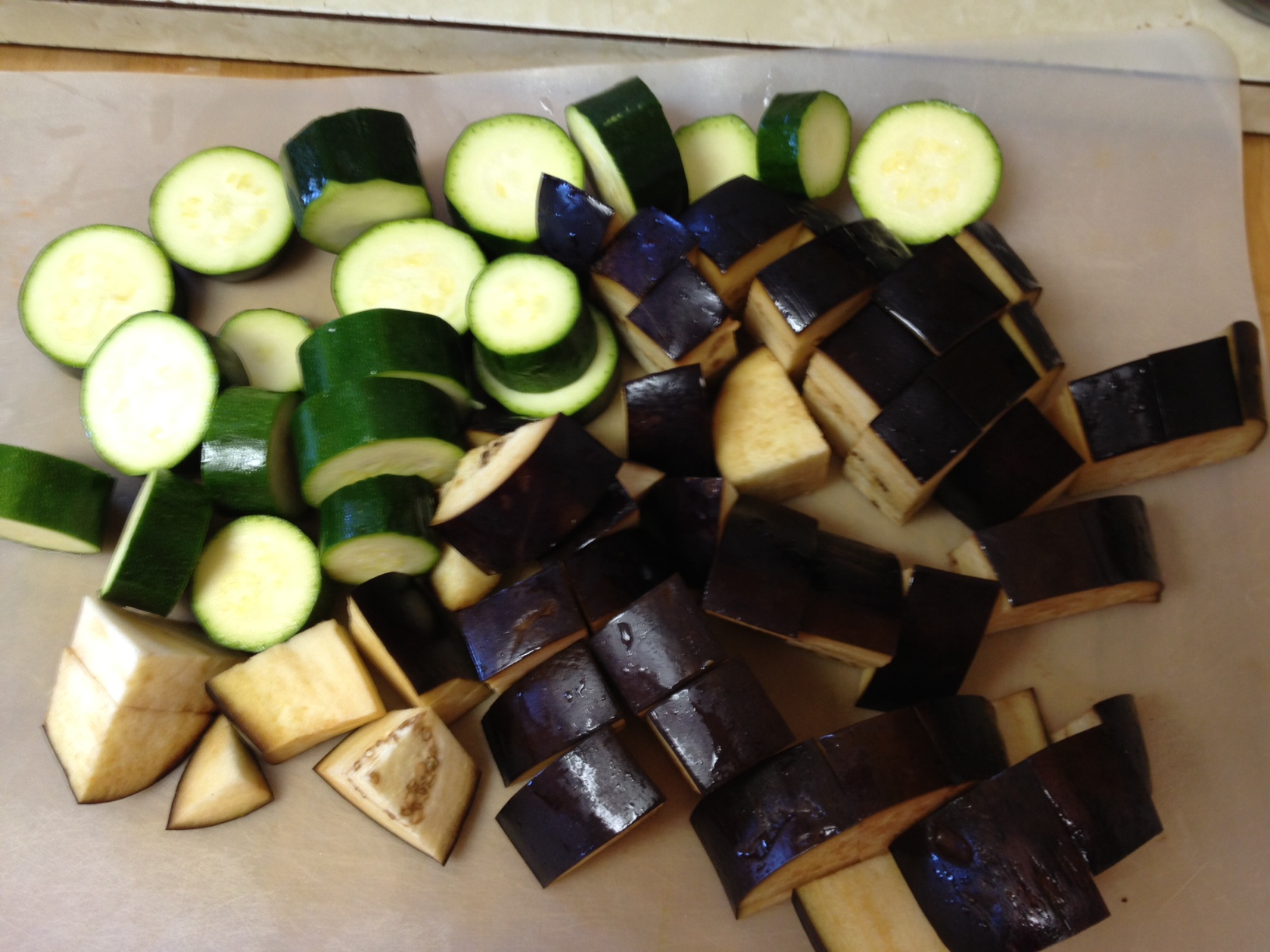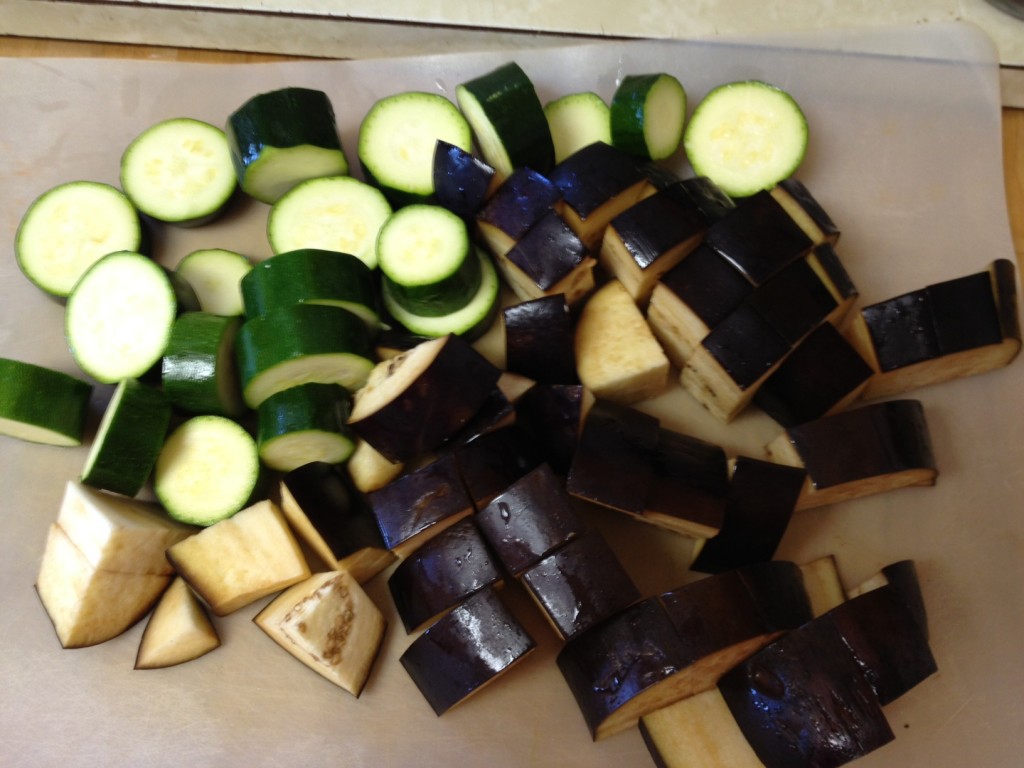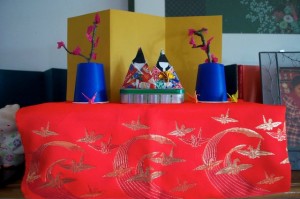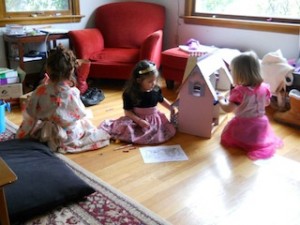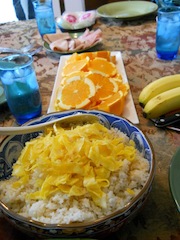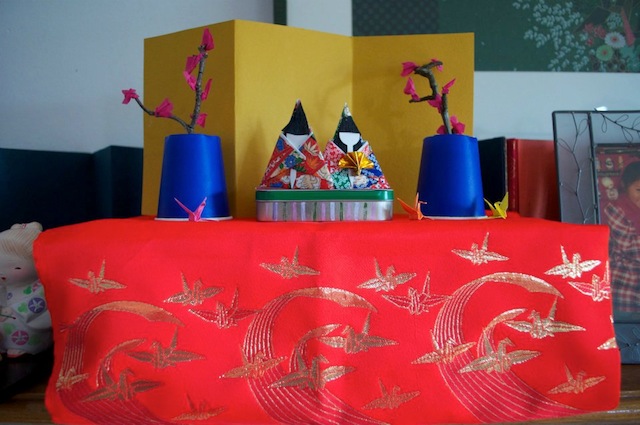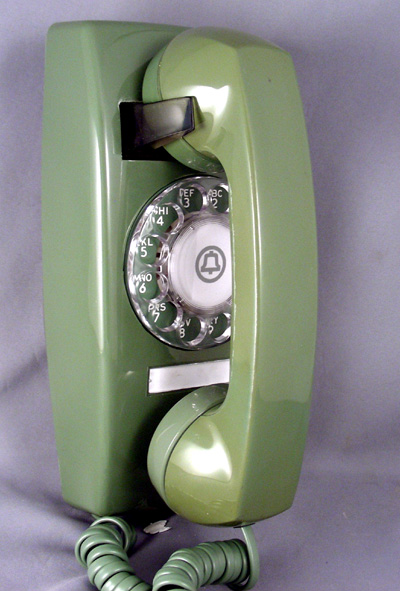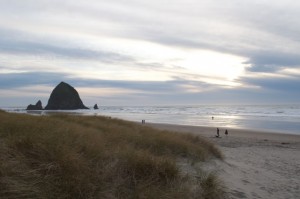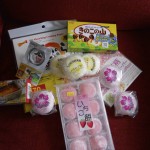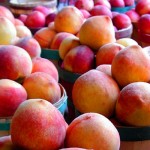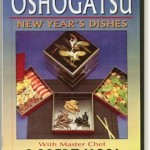When Josh and I were in college and just learning how to live together, we also had to figure out to cook together. It didn’t take long to find our go-to multicultural meal plan: chicken, vegetables, rice (Asian nights!). Or, chicken, vegetables, pasta (Italian nights!). We had lots of variations: stir-fry chicken teriyaki chicken, BBQ chicken, chicken cacciatore. For vegetables: salad, steamed broccoli. For carbohydrates: rice or pasta.
Every once in a while, we’d break out of the routine and splurge on some ground beef, and we’d make okazu.
In Japan, okazu is just a name for “side dishes to accompany rice.” The rice is meant to be the star of a meal. I’m guessing that this is because the Japanese value rice so highly, and because their “food pyramid” looks different than the American version. In my family, it means something different. Until about 10 years ago, I thought that “okazu” meant just one specific dish. If you said “okazu” to me, I’d tell you without hesitating: it’s eggplant and zucchini, stewed with some garlic and ground beef, all in a light sweet-soy sauce broth. Never mind that I’d never seen our version of okazu anywhere else, including Japanese American potlucks and restaurants.
Okazu Nimura-style is meant to be a main dish, a one-pot dish that you ladle over rice into a dinner bowl. As I heard my aunties tell it at one New Year’s gathering, okazu’s a dish that grew out of necessity. My grandmother had to stretch a pound of hamburger into a meal that would feed six kids and two adults. What did they have in abundance, maybe from their vegetable garden or from the farms where they worked? A lot of eggplant, a lot of zucchini. Brown a pound of ground beef. Maybe add some garlic cloves or garlic powder. Add a couple of flavorings that taste vaguely like teriyaki (soy sauce, sugar), and let the whole thing stew, and there you have it. Okazu.
Some of my Internet research tells me that versions of the dish grew out of the Sacramento valley, where I grew up. There are a couple of recipes floating around with green beans or cabbage instead of eggplant and zucchini. You could try those; they’re not so different than the recipe I’m going to give you. But if you like ratatouille, what happens to eggplant and zucchini in that dish, you might try this okazu instead. The vegetables turn silky, if you let them stew long enough. Mixed all together with a bowl of rice, it’s simple and comforting. I grew up with so many meals ladled over rice. I still miss those brown Noritake stoneware bowls, large enough for a meal but small enough to fit on the wide arm of a comfortable couch.
Okazu is simple farm fare. it’s hearty, it’s Japanese American soul food. It takes minutes to put together, and it stews obligingly while you take care of other matters: giving the kids a bath, watering the plants, sweeping the kitchen floor. Just don’t forget to turn on the rice cooker.
I don’t have a finished picture for this dish. Okazu’s not very photogenic; it doesn’t look very appetizing unless you’ve tried it. I’ll just have to trust your palate—does the combination of flavors sound appealing to you?—and maybe your sense of adventure, if you’ve never tried it before.
If adobo is my Filipino home, okazu might just be my Japanese one.
Eggplant Zucchini Okazu (Nimura-style)
- 1 lb (more or less) of ground beef. Ground turkey works in a pinch, too, but dark meat is better. (A lot of the flavor comes from the meat.)
- 1 globe eggplant or 2-3 Japanese eggplant, cut into 1-inch chunks
- 2-3 medium zucchini, cut into chunks
- About 1/3 cup low-sodium soy sauce, to taste
- About 1/3 cup white sugar, to taste (note: while trying to cut back on white sugar, I used maple syrup a couple of nights ago, which worked out nicely)
- 2-3 minced garlic cloves, or about 1 tsp garlic powder if you don’t have fresh garlic
- Water, barely enough to cover the ingredients above when in the pot (See notes below)
- Cooked rice for serving (I like to mix white and brown together)
- Brown the ground beef in a medium-sized pot until it is cooked through. If there is a great deal of grease, drain the grease from the pot and continue browning the beef.
- Add the soy sauce, sugar, and minced garlic to the beef and mix well.
- Add the eggplant and zucchini to the sauce and meat. Then add a little bit of water, about half a cup. Note: The vegetables will release a lot of water, and you don’t want the sauce to be too watery, so don’t add too much at first until the vegetables have cooked.
- Let the dish stew, let the vegetables cook, and then add a bit more water if the eggplant is still tough and leathery and the zucchini isn’t sinking into a nice velvety oblivion. This step should take about 25 minutes over medium heat, although you might begin checking after 20 minutes to see if the vegetables are cooked the way you like them.
- Check the broth and see if it has enough flavor (too salty, too sweet? Need more water, soy sauce, sugar?), and adjust to taste. Check to see if the vegetables are cooked enough; the eggplant and zucchini should be fork-tender, if not melting (the way I like them). Serve over hot rice.

